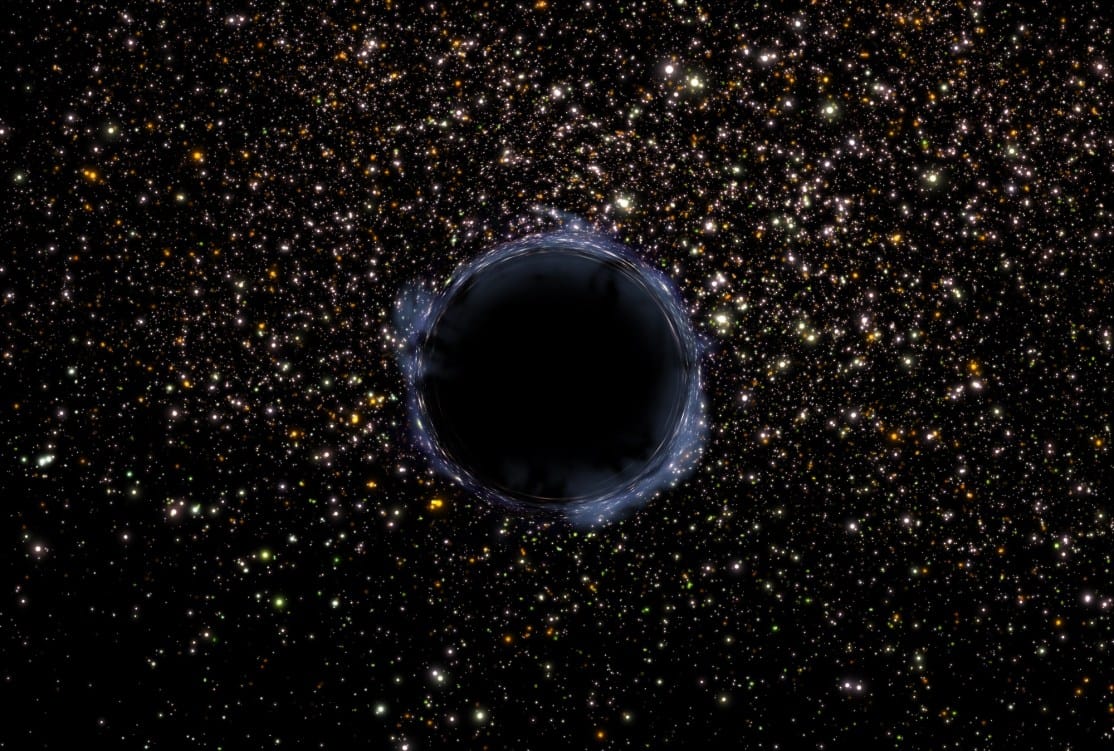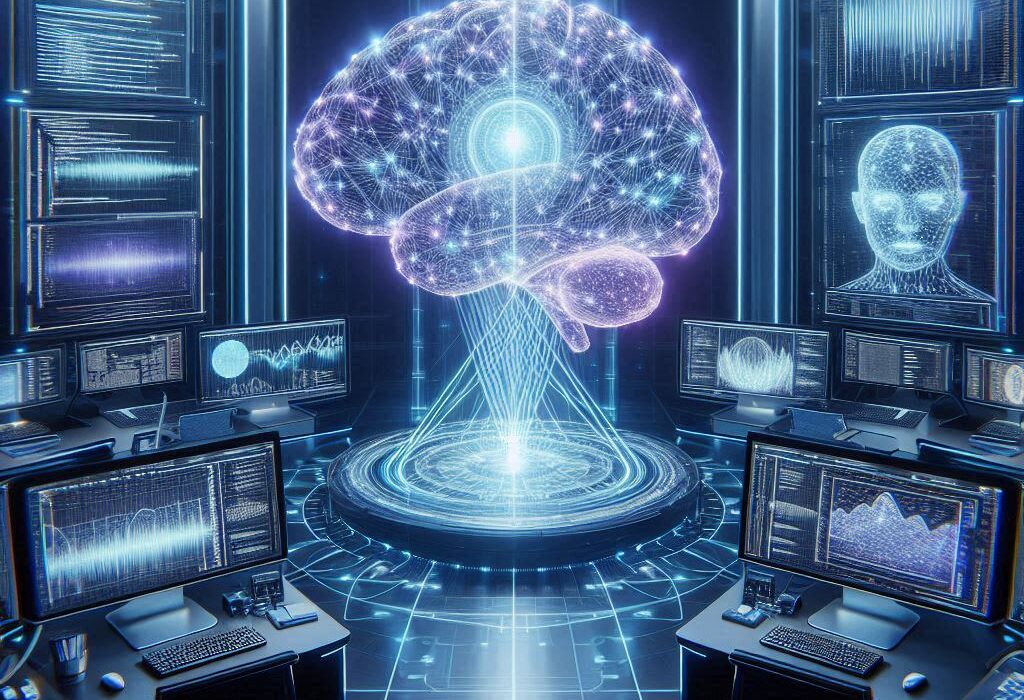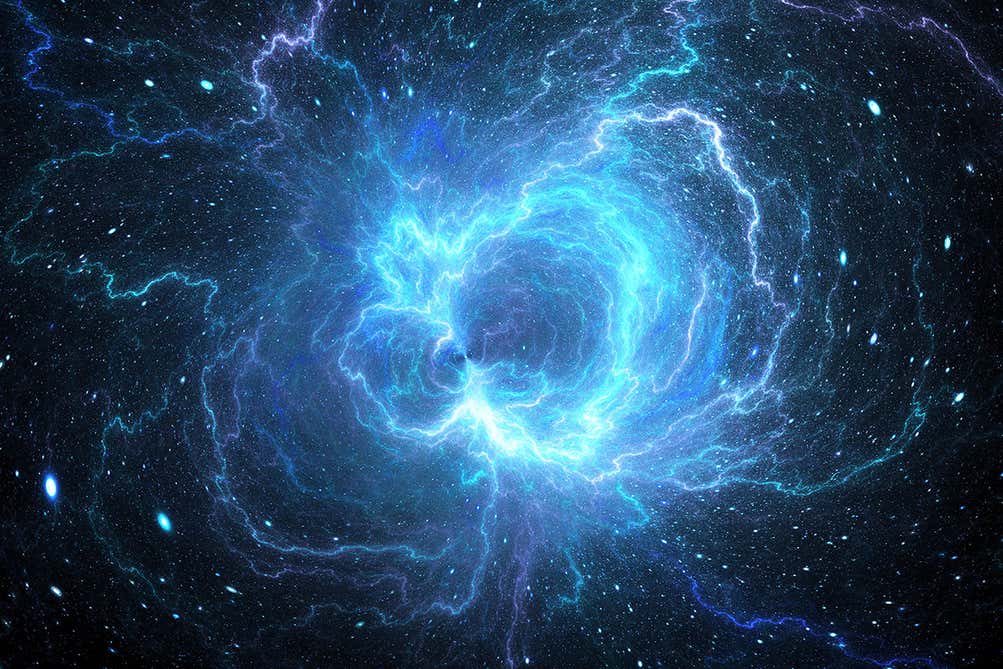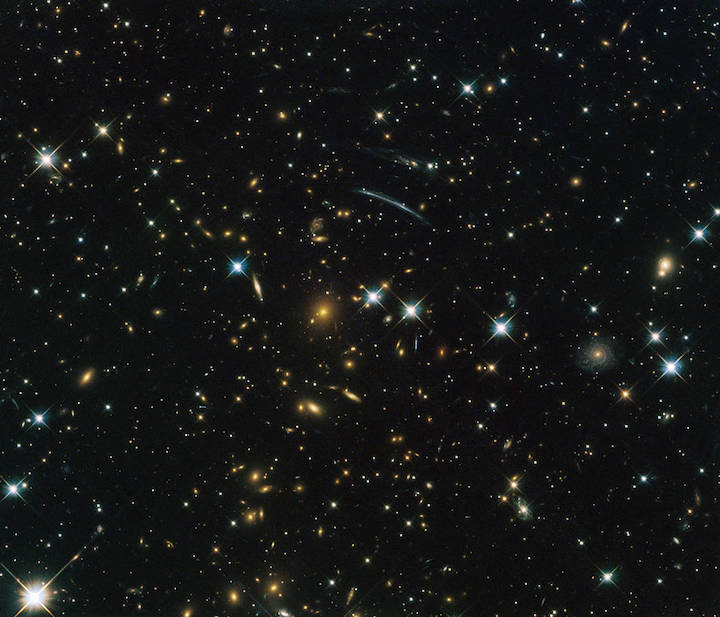There are few words in science that stir such awe, fear, and fascination as “black hole.” These cosmic monsters lurk in the darkness of space, swallowing light, distorting time, and defying common sense. Yet beyond the event horizon—the invisible boundary where escape becomes impossible—lies a place even more mysterious: the singularity.
The singularity is the heart of the black hole, the final destination of all who cross the threshold. Here, the known laws of physics collapse. Space and time themselves twist into something alien. Density climbs toward infinity, distances shrink to zero, and the equations that usually guide us—Einstein’s elegant mathematics of general relativity—simply break down.
It is a place where science reaches its limits. But to stop here would be to surrender. To ask what happens inside a black hole’s singularity is to confront the very edge of human knowledge, and to glimpse the frontier where new physics must one day emerge. This is a journey to the heart of the abyss, where gravity rules supreme and the universe hides its most profound secrets.
The Birth of a Monster
To understand the singularity, we must first understand the birth of a black hole. A black hole begins its life as a star—a giant furnace of nuclear fire, balancing its weight against the outward push of fusion. But when a massive star, far heavier than our Sun, exhausts its nuclear fuel, gravity wins. The star collapses in on itself.
For less massive stars, collapse halts in white dwarfs or neutron stars. But if the star is heavy enough, even neutron pressure cannot resist gravity’s pull. The core collapses without end, crushing matter tighter and tighter until it passes beyond any recognizable state. What remains is a black hole: a region of space where gravity is so extreme that not even light can escape.
This collapse does not stop at the event horizon. The mathematics of general relativity predicts that the matter continues to fall inward, shrinking to a point of infinite density and zero volume—the singularity. It is here that the riddle begins.
Time Slows, Then Stops
For an outside observer, time near a black hole is strange. Imagine watching a spacecraft fall toward the event horizon. To those onboard, the fall feels quick. But to you, watching from far away, the spacecraft slows, time stretching ever longer as it approaches the horizon. To your eyes, the ship never quite crosses, fading away as if frozen on the edge of eternity.
But inside, the story is different. Once the event horizon is crossed, all paths lead inward. Time itself is bent so that “forward” no longer means away from the singularity. No matter what you do, no matter how fast you accelerate, the future is the singularity. It is not simply a place in space, but a moment in time that every traveler inside is destined to meet.
This fate is both inevitable and terrifying. Inside the horizon, time does not stop for the falling observer—it flows toward the singularity. But what exactly is waiting there?
The Infinite Compression
The singularity is where our equations reach infinity. In Einstein’s general relativity, the fabric of spacetime is curved by matter and energy. The more mass, the stronger the curve. In a black hole, the collapse drives this curvature to an extreme, until at the center, curvature becomes infinite. Density becomes infinite. Gravity becomes infinite.
But “infinite” is a troubling word in physics. It is usually a signal that our theory has gone beyond its domain of validity. Infinity is not a physical number; it is a breakdown of description. In truth, what happens at the singularity is not known—not because it is unobservable, but because our physics is incomplete.
Einstein’s equations tell us a singularity must exist. But Einstein himself was troubled by this idea. He once remarked that a singularity was a sign the theory was failing, not a physical reality. Yet the mathematics persists. Does matter really collapse into an infinitely small point? Or is there some new law of physics that prevents infinite compression? To answer, we must dive deeper into the crossroads of relativity and quantum theory.
When Quantum Mechanics Enters the Abyss
General relativity governs the universe on cosmic scales, but at tiny scales—the realm of atoms and particles—another set of laws reign: quantum mechanics. The singularity is where these two giants clash. The collapsing matter shrinks to subatomic dimensions, where quantum effects should dominate. Yet general relativity insists on infinite collapse.
The result is a paradox. Neither theory, on its own, can fully describe what happens. We need a theory of quantum gravity—a unification that merges relativity’s smooth spacetime with quantum mechanics’ probabilistic particles.
Physicists have long sought this unification. Two leading candidates are string theory and loop quantum gravity. String theory envisions particles not as points but as tiny vibrating strings, whose oscillations give rise to matter and forces. In this picture, singularities may be avoided, replaced by a finite “string core” where physics remains well-defined. Loop quantum gravity, on the other hand, suggests that spacetime itself is quantized, woven from discrete loops of geometry. At extreme density, these loops resist further compression, possibly transforming the singularity into a “bounce” that could even spawn a new universe.
We do not yet know which, if any, of these ideas is right. But one thing is certain: the singularity is not just an astrophysical curiosity. It is the laboratory of ultimate physics, the crucible where the deepest truths about reality must be tested.
The Inside View: What an Observer Would Experience
Suppose, for a moment, you could survive the journey inside a black hole. (In reality, tidal forces would likely shred you long before reaching the singularity in smaller black holes, though in supermassive ones, you might cross the horizon unharmed.) What would you see?
As you fall, the outside universe would appear compressed, light bending around the horizon. The stars might streak and distort, the outside world forever sealed off. Inside, no signals escape; no messages can be sent back.
Time would carry you inexorably forward. You would not feel the passage of crossing the event horizon—it is not a physical surface—but soon you would notice the pull intensifying. In smaller black holes, the tidal forces—differences in gravity across your body—would grow unbearable, stretching you in one direction and squeezing you in another. This process is known, evocatively, as spaghettification.
In supermassive black holes, with millions of solar masses, the tidal forces at the horizon are gentler, allowing you to fall deep inside before being torn apart. But no matter what, the end is inevitable. Within a finite proper time—your own personal clock—you will reach the singularity. And when you do, according to classical relativity, you are crushed to nothing.
The Firewall Paradox
As if this weren’t strange enough, modern physics suggests even more bewildering possibilities. Quantum mechanics tells us information cannot be destroyed. But if matter falls into a black hole, and the black hole eventually evaporates through Hawking radiation, what happens to that information?
This is known as the black hole information paradox. Some physicists propose that a “firewall” exists at the event horizon—an incinerating wall of energy that destroys anything falling in, preventing contradictions. Others argue that information might be smeared across the horizon, encoded in subtle quantum correlations, so that nothing is truly lost.
If the firewall idea is true, then the interior of a black hole might not even exist as relativity predicts. The singularity could be replaced by a violent boundary at the horizon itself, rewriting our understanding of spacetime. It is an unsettling thought: that the abyss may be an illusion, a mirage built from conflicting theories.
Could the Singularity Spawn New Universes?
One of the most intriguing speculations is that a black hole singularity may not be an end, but a beginning. Some cosmologists have suggested that the collapse inside a black hole could trigger a “big bang” on the other side, birthing a new expanding universe.
In this vision, every black hole could be a portal to another cosmos, its singularity the seed of a new space-time. Our own universe, in turn, may have been born from the singularity of some “parent” universe. Though highly speculative, such ideas highlight how black holes push us to question the very definition of reality.
The Death of Black Holes and the Fate of Singularities
Black holes are not eternal. Through quantum effects discovered by Stephen Hawking, they slowly emit radiation, shrinking over unimaginable timescales. Eventually, they may evaporate entirely. But what happens to the singularity when the black hole dies?
If information is preserved, the singularity might dissolve in a final burst of energy, leaving no trace. If information is lost, the laws of physics as we know them may require radical revision. In either case, the singularity does not last forever. It is transient, a temporary scar in the fabric of spacetime, destined to vanish as the black hole fades.
The Singularity as a Mirror of Our Ignorance
At its core, the singularity is not just a place in space—it is a symbol of the limits of human knowledge. It marks the point where our theories, however brilliant, falter. To peer into a singularity is to stare into the unfinished pages of physics, where the next great discoveries must be written.
Einstein’s general relativity gave us the framework to predict singularities, but Einstein himself believed a deeper theory must exist. Quantum mechanics gave us precision in the microscopic world, but not in the crushing gravity of the black hole’s heart. The singularity is where these two visions must be reconciled. It is the puzzle piece that demands a grand unification.
Why the Singularity Matters to Us
You may ask: what difference does it make, what happens deep inside a black hole, where no human will ever go? The answer is simple: the singularity is not only about black holes—it is about the ultimate structure of reality.
The universe itself began in a singularity, 13.8 billion years ago, at the Big Bang. To understand black hole singularities is to understand our own origin. And perhaps, our destiny.
Moreover, the pursuit of singularities has driven the search for quantum gravity, which could unlock technologies and insights we cannot yet imagine. Just as Einstein’s relativity gave us GPS and nuclear energy, tomorrow’s physics of singularities may reshape civilization in ways beyond comprehension.
The Endless Mystery
Inside a black hole’s singularity, we meet a paradox: a place predicted by our best theories, yet forbidden by those same theories. A place of infinite density, yet unreachable by observation. A place where matter is destroyed, yet where perhaps new universes are born.
It is both terrifying and sublime. It is the edge of physics and the dawn of a new science.
In the end, perhaps the singularity is less a physical object than a mirror held up to human curiosity. It shows us where we are blind, and urges us to see further. It whispers that the universe still has secrets, and that beyond the darkness, there is light yet to be found.






